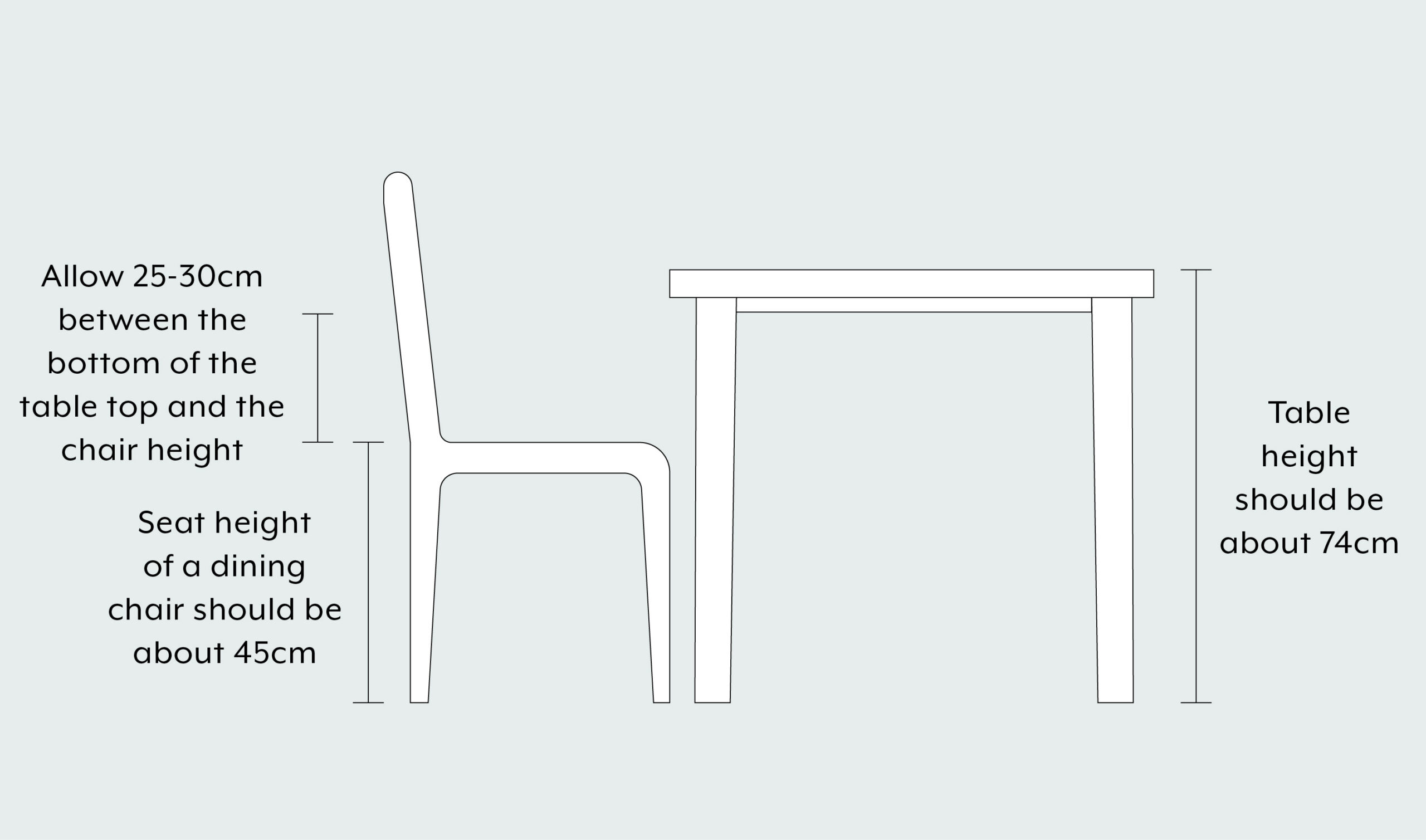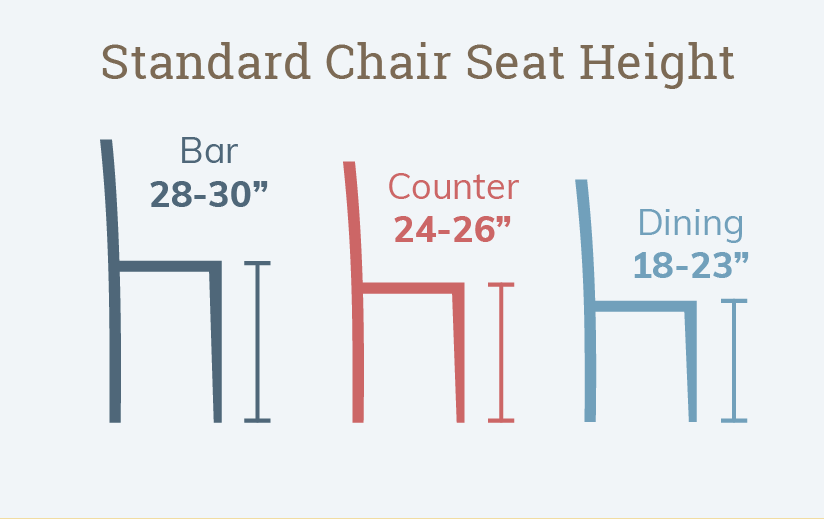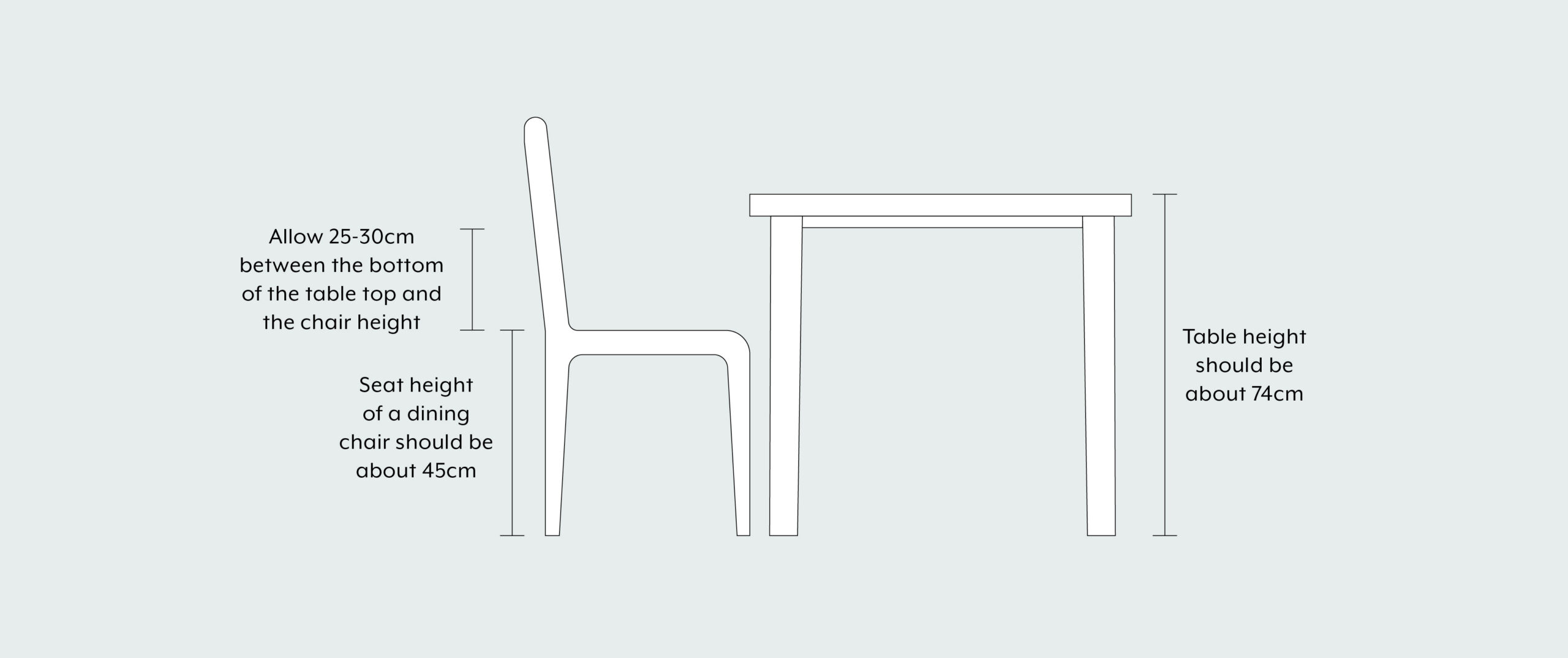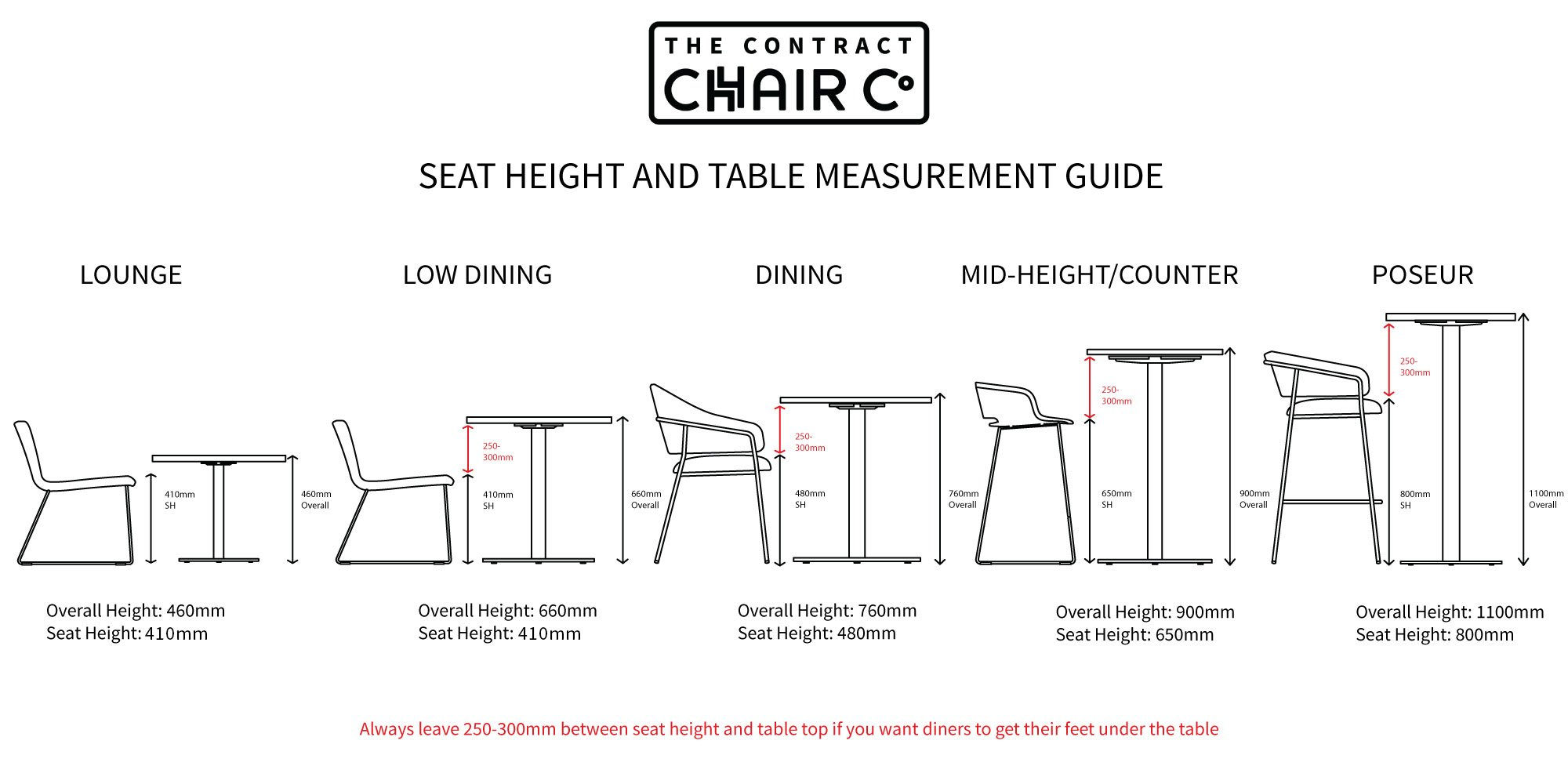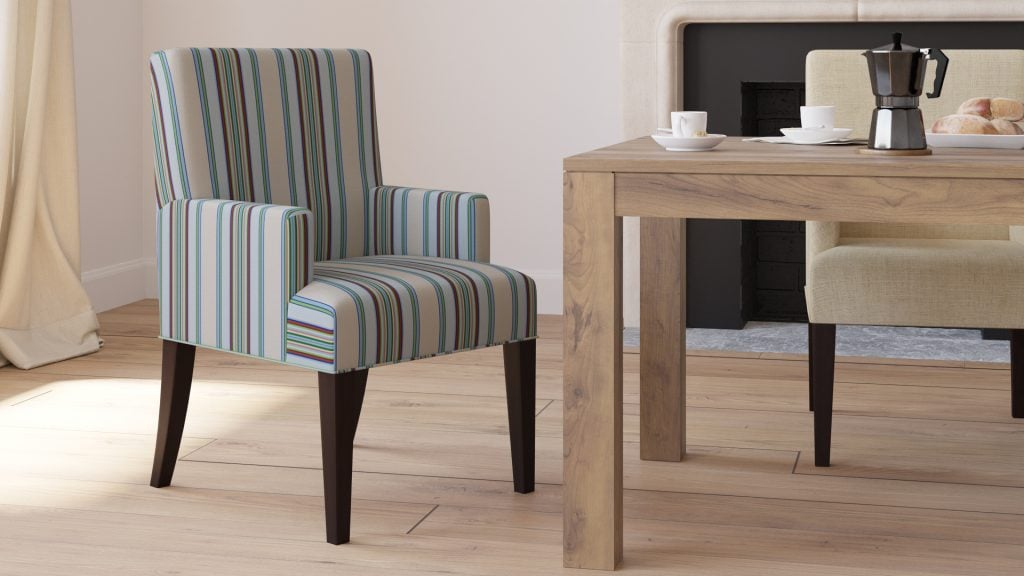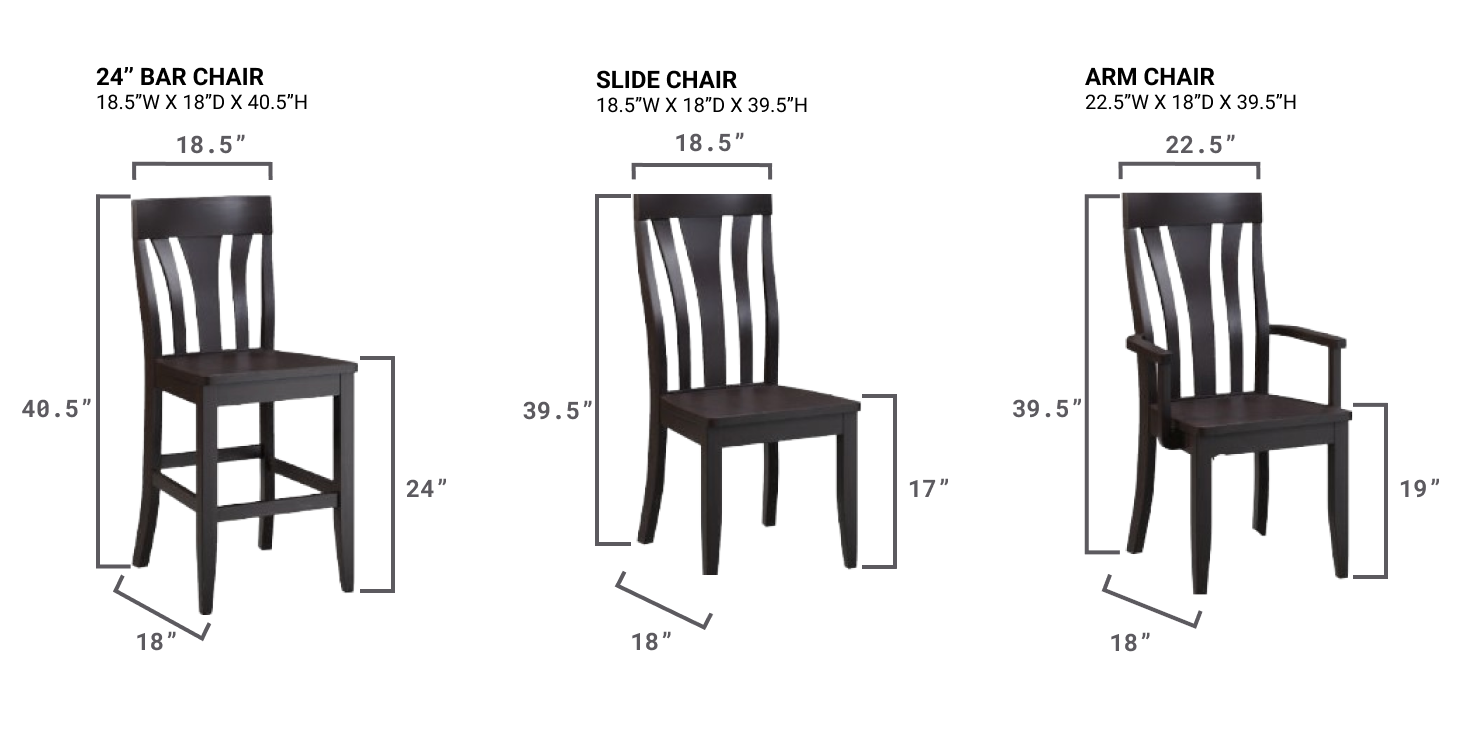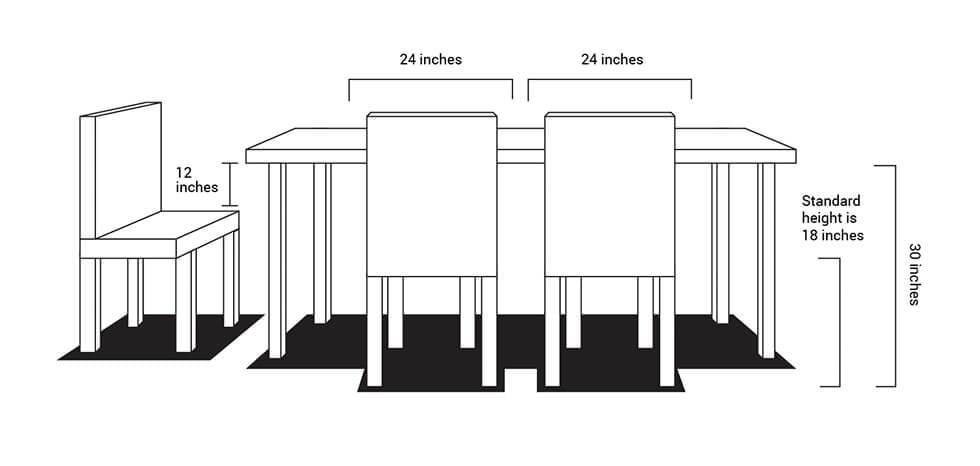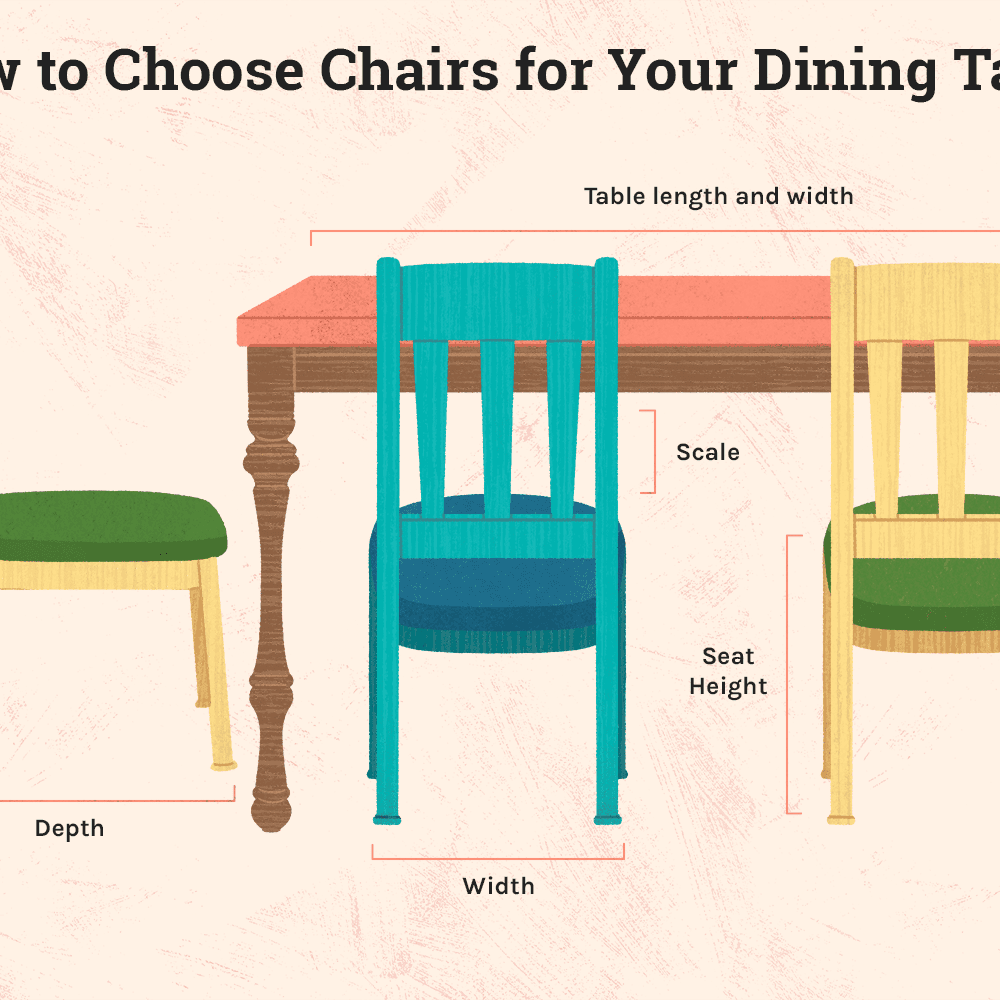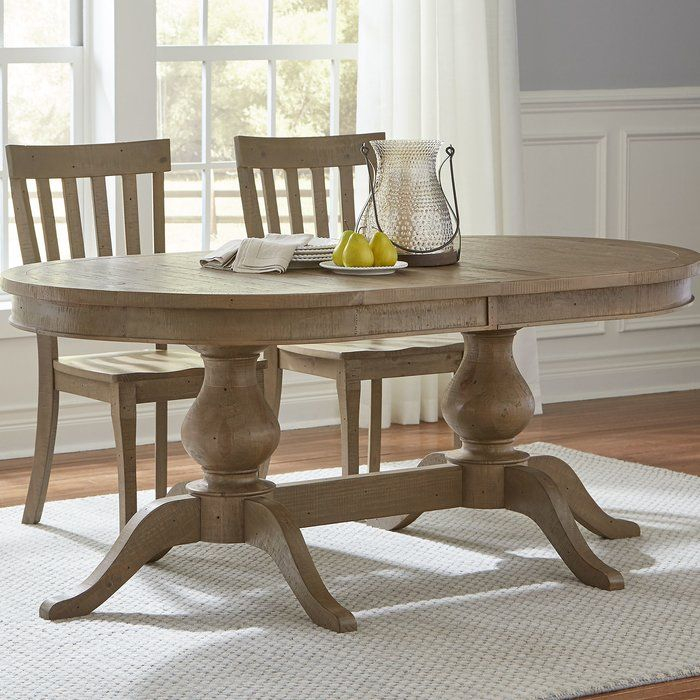When you think about dining comfort, what comes to mind? A plush cushion, perhaps? A supportive backrest? We often overlook a seemingly simple, yet profoundly impactful element: the height of your dining chair. It’s a detail that can either elevate your mealtime or subtly sabotage it. Let’s delve into why this dimension matters so much and how getting it right can transform your everyday dining.
We spend a considerable amount of time sitting at our dining tables, whether it’s for a quick breakfast, a family dinner, or catching up with friends. Yet, how often do we truly consider the ergonomics of our seating? Specifically, the height of our dining chairs relative to our tables. This isn’t just about aesthetics; it’s a crucial factor influencing our posture, digestion, and even our social interactions. A chair that’s too high or too low can lead to a cascade of discomforts, from backaches to feeling cramped. It’s time we gave this often-unseen aspect the attention it deserves.
The Ergonomic Equation: Table and Chair Harmony
The golden rule for dining comfort hinges on the relationship between your table height and your chair height. Ideally, there should be about a 10-12 inch gap between the tabletop and the seat of the chair. This allows your forearms to rest comfortably on the table while keeping your shoulders relaxed, not hunched. Think about it – if the chair is too low, you’re practically crawling up to the table, straining your neck and upper back to reach your food. Conversely, a chair that’s too high forces you to perch awkwardly, potentially leading to poor digestion and an unstable seating posture. It’s about creating a natural, unforced alignment for your body. Most standard dining tables are around 28-30 inches high. To match this, you’ll typically want chairs with a seat height of around 18-20 inches. But remember, these are guidelines, and personal preference plays a role too.
Posture Perfect: How Height Affects Your Spine
Your spine has a natural curve, and the right chair height helps maintain it. When your dining chair is the correct height, your feet can rest flat on the floor, providing a stable base. Your knees will be at roughly a 90-degree angle, and your back can maintain its natural ‘S’ shape, supported by the chair’s backrest. This alignment is vital for preventing strain on your lower back and promoting good circulation. If your chair is too high, your feet dangle, putting pressure on the back of your thighs and potentially affecting blood flow. You might also find yourself leaning forward excessively, rounding your spine. Too low, and you might be forced to slouch or hunch, again compromising your spinal alignment and leading to discomfort over time. It’s a subtle but significant factor in long-term spinal health.
Digestion and Comfort: The Unseen Connection
Believe it or not, the height of your chair can influence how comfortably you digest your food. When you’re seated at the right height, your core is supported, and your abdomen isn’t compressed. This allows your digestive system to function more efficiently. Imagine trying to eat a large meal while hunched over or feeling uncomfortably squeezed – it’s not conducive to a relaxed digestive process. A chair that forces an unnatural posture can hinder the natural movement of food through your digestive tract, potentially leading to bloating or discomfort. A balanced posture, facilitated by the correct chair height, promotes a more relaxed and enjoyable dining experience, which in turn supports better digestion.
Beyond the Basics: Other Comfort Considerations
While the table-to-chair gap is paramount, other aspects of chair design also contribute to overall comfort, and these are often influenced by the chair’s height. Seat depth, for instance, should allow you to sit back fully without your knees hitting the edge of the table. Armrests, if present, should be at a height that allows your arms to rest naturally without lifting your shoulders. The backrest should provide adequate lumbar support. However, even the most ergonomically designed chair can feel wrong if its fundamental height isn’t suited to your table and your body. It’s a layered approach to comfort where the foundation – the height – is key.
Finding Your Perfect Fit: Practical Tips
So, how do you ensure you’ve got the right dining chair height. Here are a few practical steps:
- Measure Your Table: Start by measuring the height of your dining table from the floor to the tabletop.
- Calculate the Ideal Seat Height: Subtract 10-12 inches from your table height. This gives you the target range for your dining chair’s seat height.
- Test Before You Buy: If possible, sit in potential chairs at a table that’s a similar height to yours. Pay attention to how your arms, back, and legs feel. Can you rest your forearms comfortably? Do your feet touch the floor?
- Consider Your Table Type: If you have a counter-height table (around 34-36 inches), you’ll need counter stools (around 24-26 inches seat height). For a bar-height table (around 40-42 inches), you’ll need bar stools (around 30-32 inches seat height).
- Don’t Forget Footrests: If your chairs are slightly too high and your feet don’t quite reach the floor, a stylish footrest can be a great solution for added comfort and stability.
The Ripple Effect: Enhancing Your Dining Experience
Getting the dining chair height right isn’t just about avoiding physical discomfort; it’s about enhancing the entire dining experience. When you’re comfortable, you’re more likely to relax, engage in conversation, and truly savor your meals. It makes mealtime a more pleasant and restorative part of your day. Imagine hosting a dinner party where your guests are all comfortably seated, able to lean in and enjoy the food and company without fidgeting or shifting uncomfortably. That’s the power of paying attention to the details. It transforms a functional necessity into a source of genuine comfort and well-being, making every meal a more enjoyable occasion.
The height of your dining chair is a subtle yet powerful determinant of your comfort at the table. By understanding the ergonomic principles and taking a few simple measurements, you can ensure your seating supports, rather than hinders, your dining experience. It’s an investment in your posture, your digestion, and your overall enjoyment of mealtimes. So next time you’re choosing furniture or even just sitting down to eat, take a moment to appreciate the impact of that simple dimension. Getting it right can truly make all the difference.

